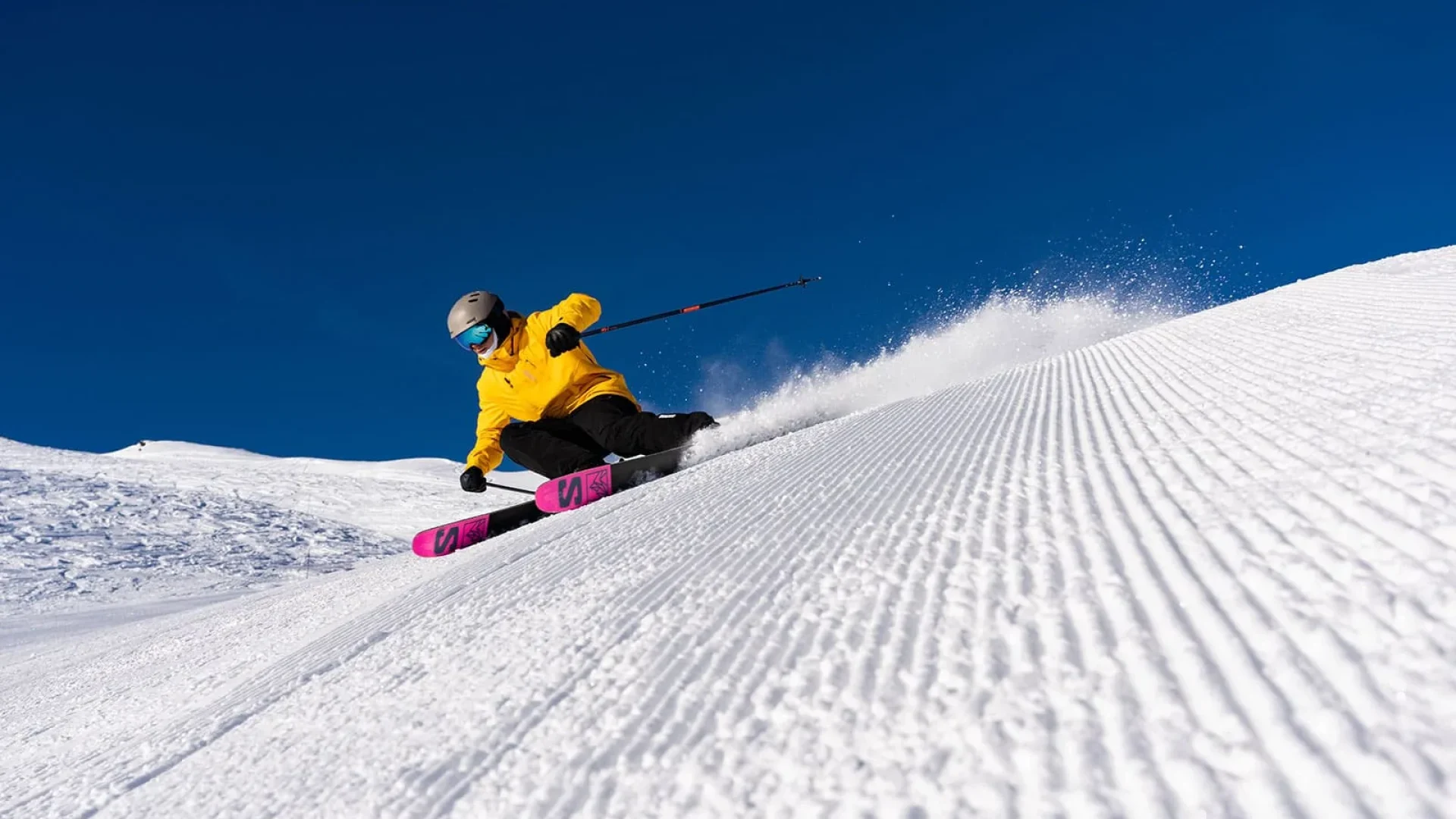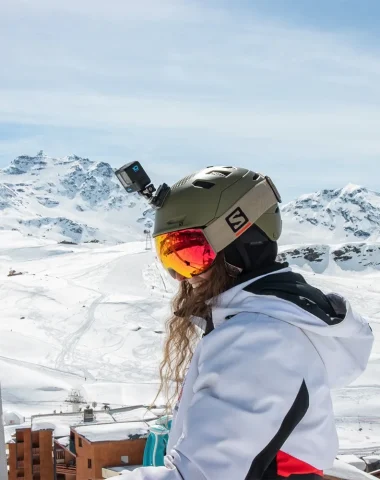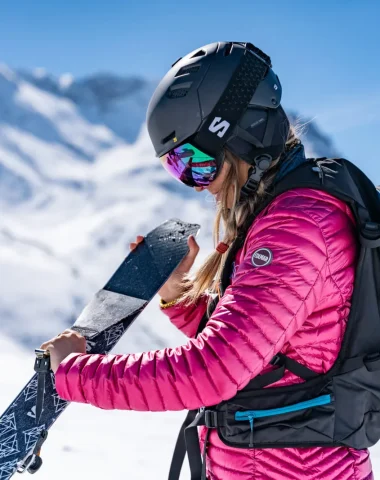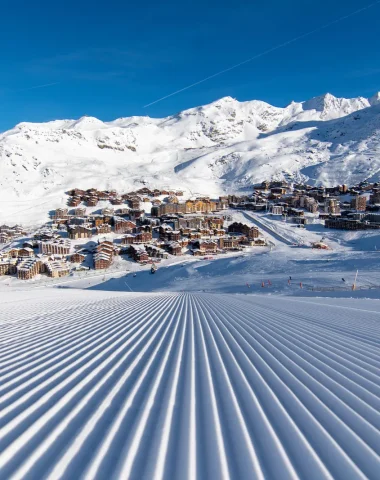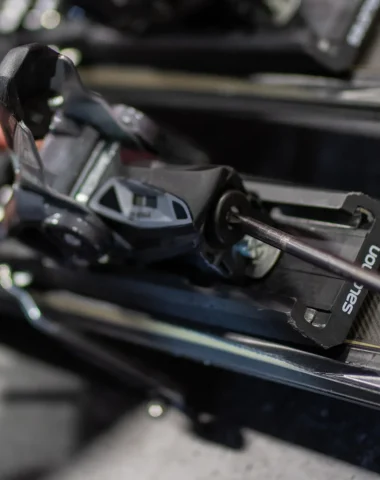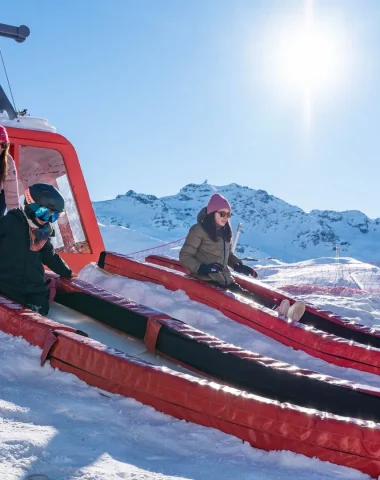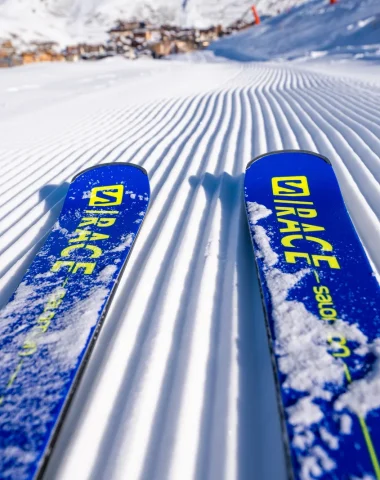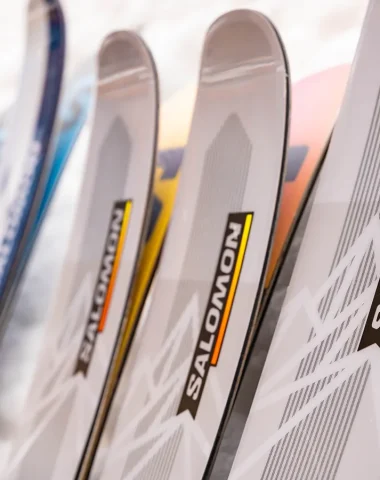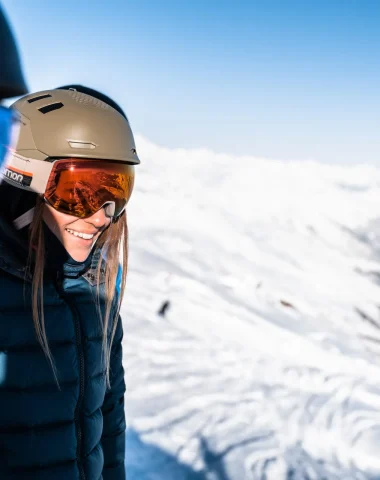That's it ! Your vacation at Val Thorens are organized! You can already see yourself hurtling down the slopes of your favorite resort, the fresh mountain air tingling your cheeks... What happiness in perspective! Even if the holidays are still a few weeks away, nothing prevents a quick check-up to make sure everything is in order:
- Accommodation: OK
- Packages: OK
- Ski equipment: OK
- Warm clothing: OK
- Snow tires and chains for the car: OK
- Physical condition: …OK?
Whether practiced for leisure or a little more advanced, skiing is a sport in its own right. We met François, physiotherapist at the Medical Center of Val Thorens, who shared with us his professional tips for preparing your body to make the most of a ski trip.
The series of exercises that we offer you aim to train your muscles to work specifically for skiing. The key is a better endurance on skis, less aches in the evening, but also reduced risk of injury. And as we know that you will be diligent, a printable summary version can be downloaded at the end of this article to accompany you everywhere!
Ready? Let's go !
Warming up :
Before starting your series of exercises, make sure you always warm up properly. Take at least 10 minutes for cycling, rowing or running: these three sports, in addition to preparing your body for exercises quite completely, are also a good way to work on your cardio.
Once warmed up, drink a little water, and let's get to the heart of the matter!
Step 1: Work on the quadriceps, hamstrings and glutes: squats and chair
Who has never had sore thighs after a good day of skiing? Skiers of all disciplines will tell you that this part of the body is a significant part of their training.
Squats
We start with the well-known exercise of squats. With your hands stretched out in front of you, keep your back straight and place your feet slightly apart (about shoulder-width apart). Bend your knees, lowering your thighs until they are parallel to the floor. Then return to a standing position by pushing on your legs. To optimize the exercise, do 3 sets of 10.
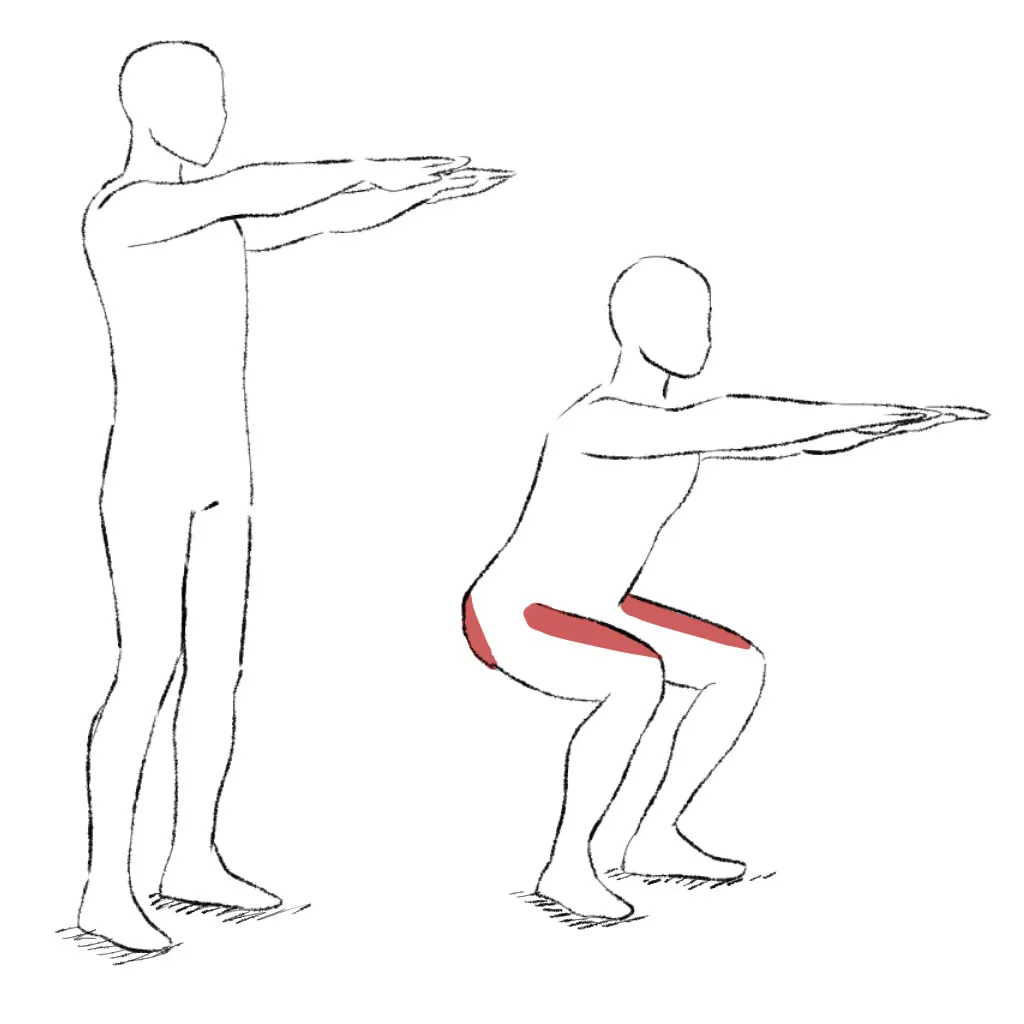
The chair
Next, it's time for the chair exercise. With your back to a wall, heels pressed against it, bend your legs until your thighs are parallel to the floor, as if you were sitting on an invisible chair. You will feel your quadriceps and hamstrings working, important muscles for having good grip on skis! Try to hold this position for 1 minute 30 minutes, and repeat the exercise three times.
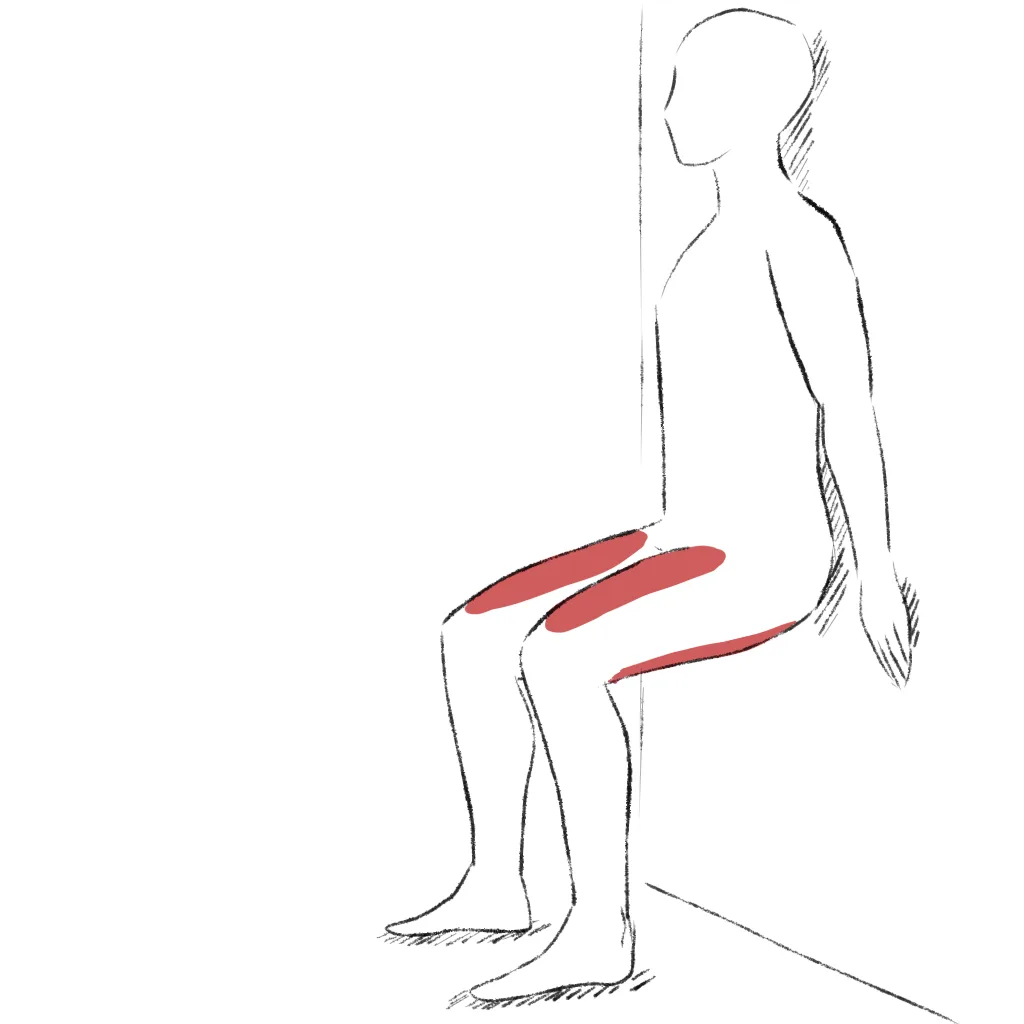
The statement
Now that your quads are warmed up, let's move on to a more difficult exercise. Sitting on a chair, you must only use one leg to get up: no support with your arms, it is the movement of your body and the strength of your thighs which must get you up! Repeat the exercise 15 times for each leg, repeating in 2 sets.
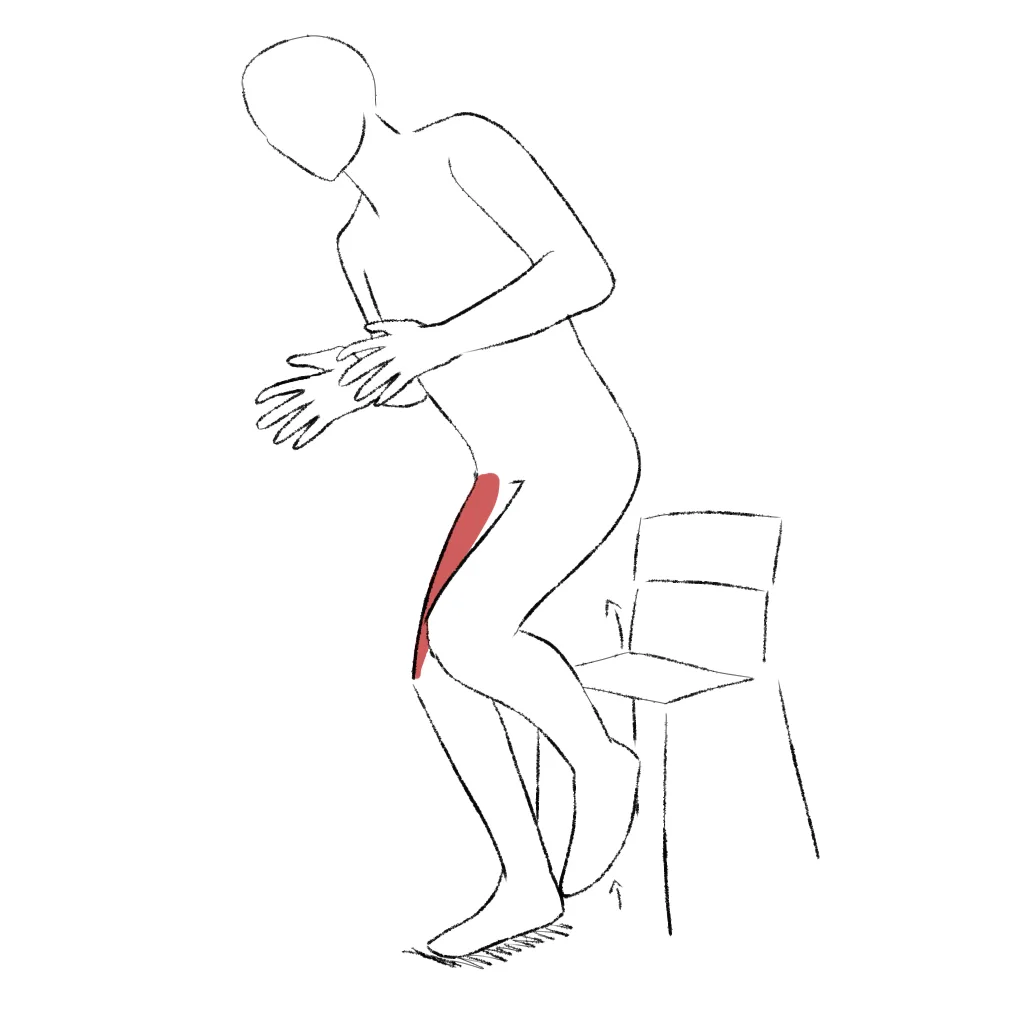
Step 2: Calf work with the step
You wouldn't suspect that this muscle, tight in ski boots, is so important. And yet, we report a certain number of calf injuries when skiing without prior conditioning. You will feel more comfortable if your muscles have been used to working for this sport.
To properly prepare your calves, the step exercise is one of the simplest to perform: if you don't have a step, you can, for example, perform this exercise on stairs. With your heels in the air, pulled down, come back up on your tiptoes. Repeat 3 sets of 10 movements. And if you can't find your balance to carry out this movement, you can help yourself with a support in front of you to keep yourself straight (a wall, a barrier, etc.).
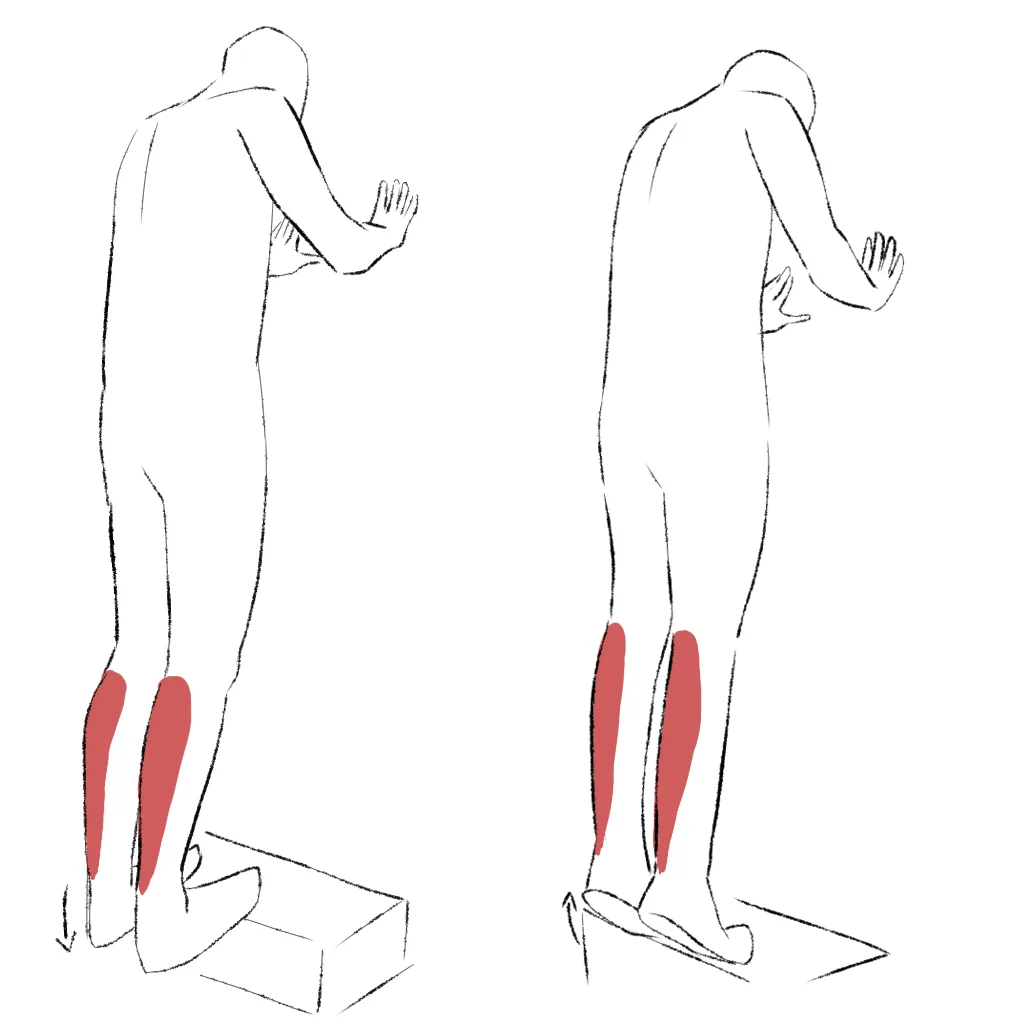
Step 3: What if we focused a little more on the quadriceps, hamstrings and glutes?
Have you ever been told that the thigh area is the most stressed when skiing? Still using a step exercise, you will work these three muscles simultaneously.
The objective is to alternate foot movements and step orientation to work as many muscles as possible. Perform successive leg movements from the front, side and back. Chain together 3 sets of 10 movements.
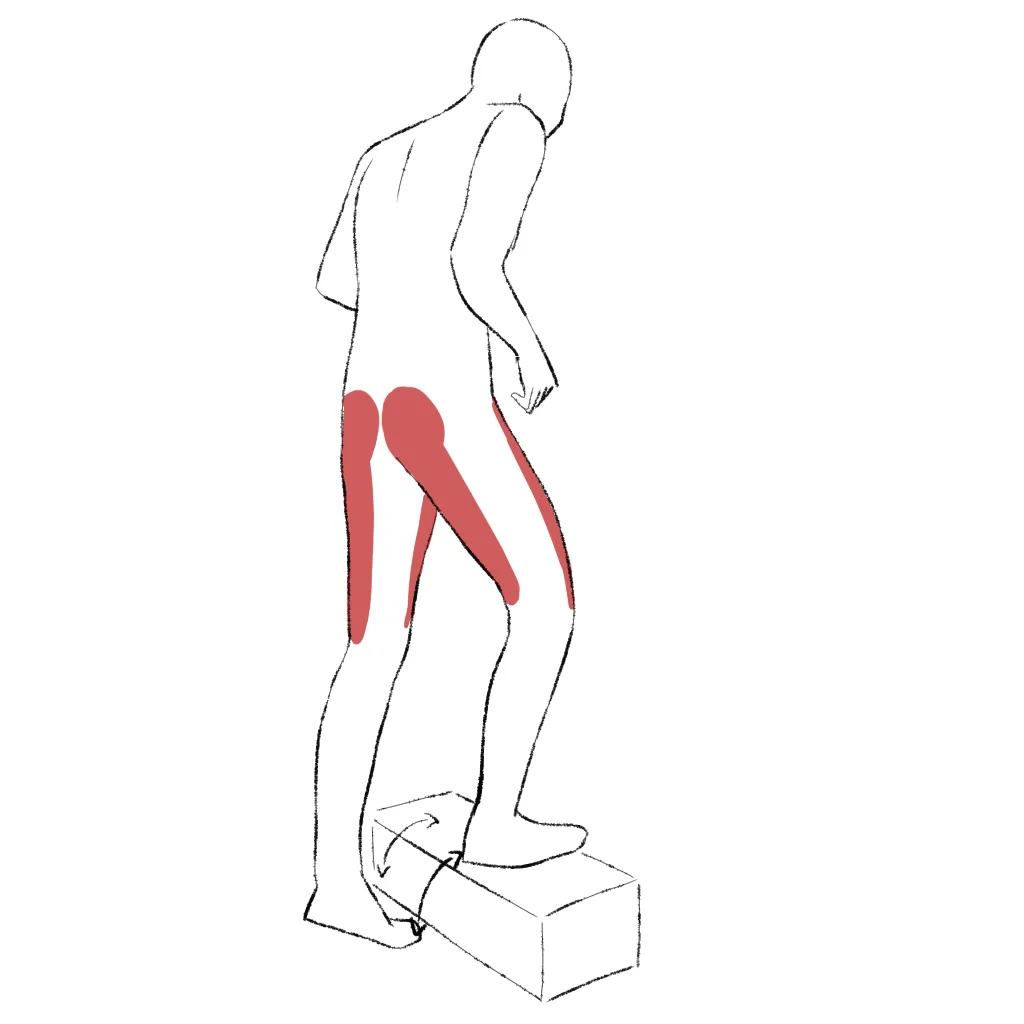
Step 4: Sheathing for the abdominals
A workout wouldn't be complete without a proper core exercise! When skiing, your abdominals work more than in real time: to maintain a good position on the skis, when standing up from the chairlift, remaining strong to take the ski lift... It is therefore essential to work this part of the body well:
And for this, nothing better than the plank position: your forearms on the ground, you are resting on your toes. Be careful, for the exercise to be effective, your back must be straight, you do not lift your buttocks!
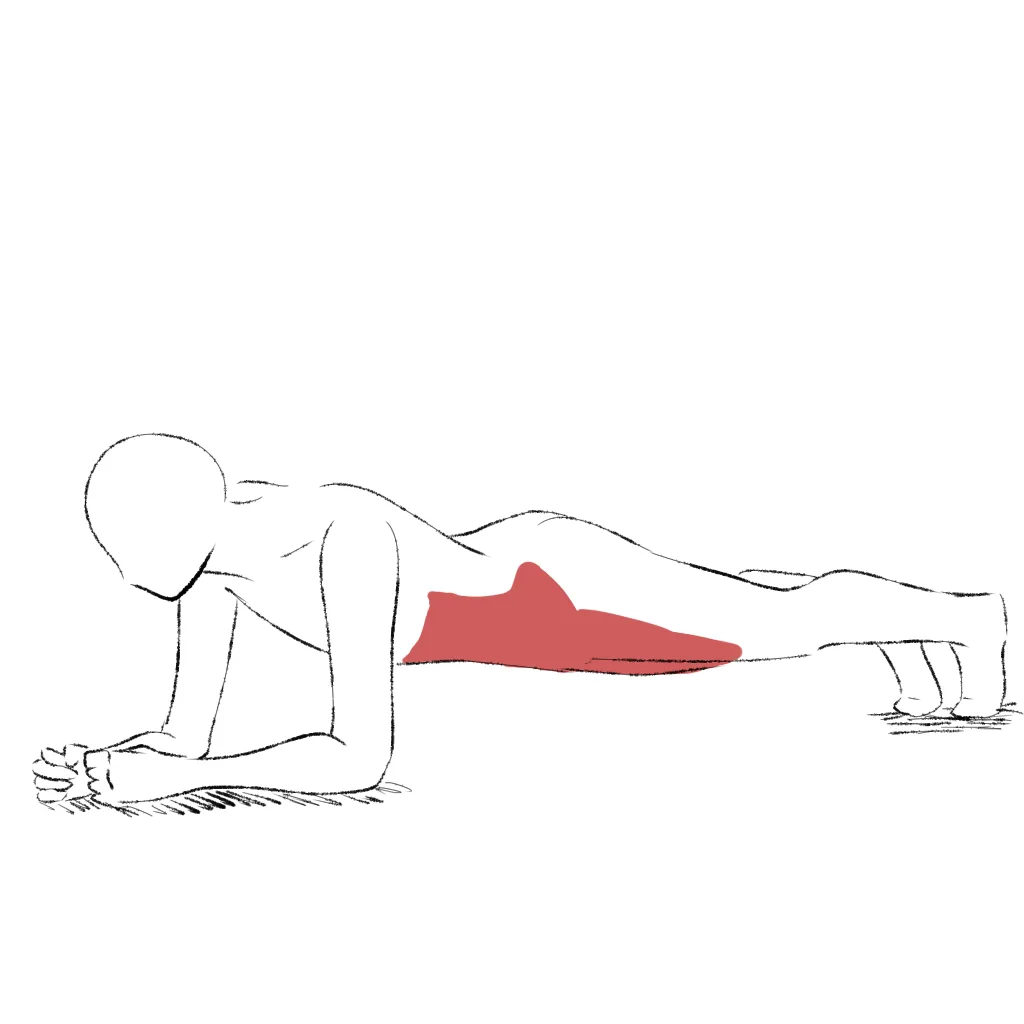
Step 5: Stretching
Phew! The actual bodybuilding exercises are over. Now, time to rest. Don't forget to drink well before, during and after your training sessions. Take the time to breathe a little, let your body rest... You can, 1 to 2 hours after your session, stretch your muscles with the following exercises:
- Calves : With your hands against the wall and your legs in a scissor position, push on your arms to stretch your back leg. Stretch gently, 30 seconds for each leg.
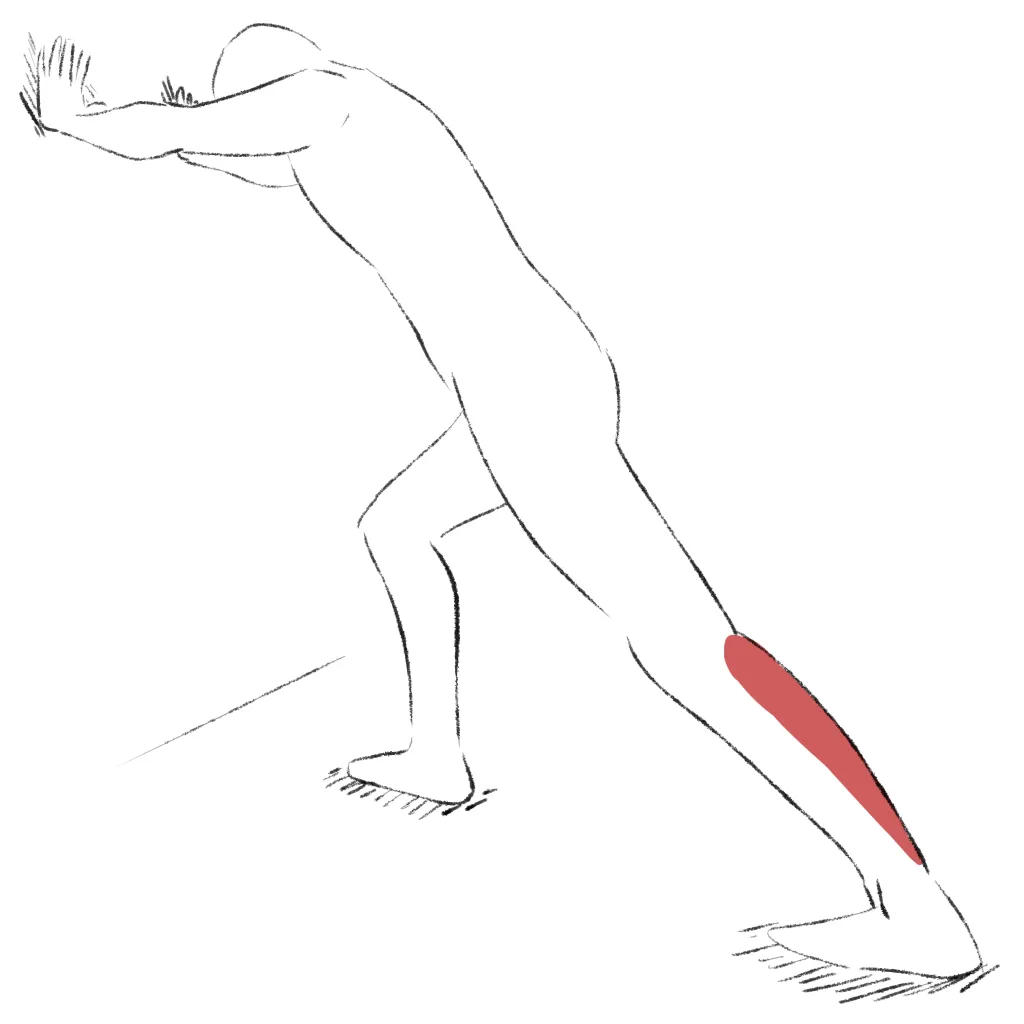
- The iscios: Place your heel on a raised surface: table, chair, stair step, etc. Then gradually lean your torso towards your leg, stretching your arms towards your foot. Remember to breathe during the exercise, and don't force it if you feel pain. Hold the stretch for 30 seconds for each leg.
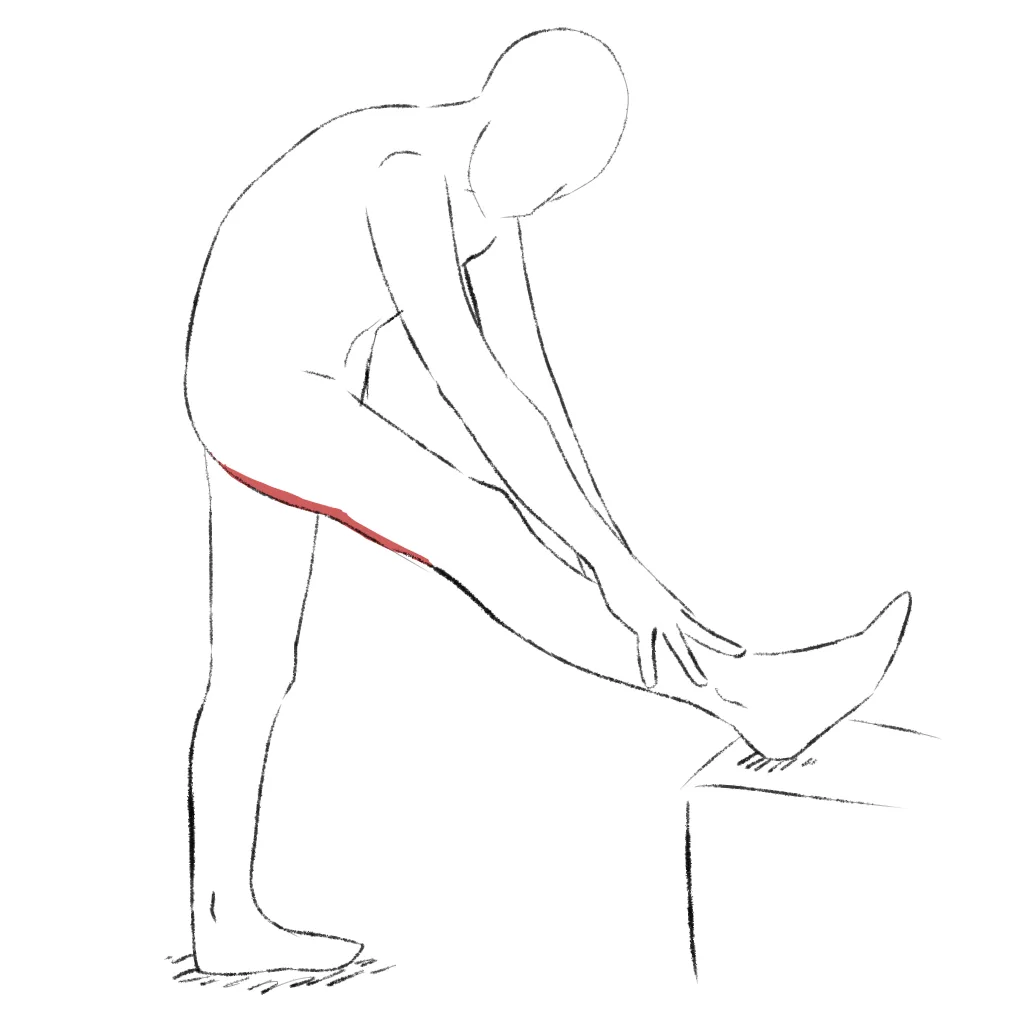
- The quadriceps: With one foot on the ground, grab the top of the foot in the palm of your hand. Pull your heel towards your lower back as much as possible, and hold the position for 30 seconds for each leg while keeping your torso straight. If you are unable to find your balance, you can help yourself with support with the other hand (chair, table, bar, etc.).
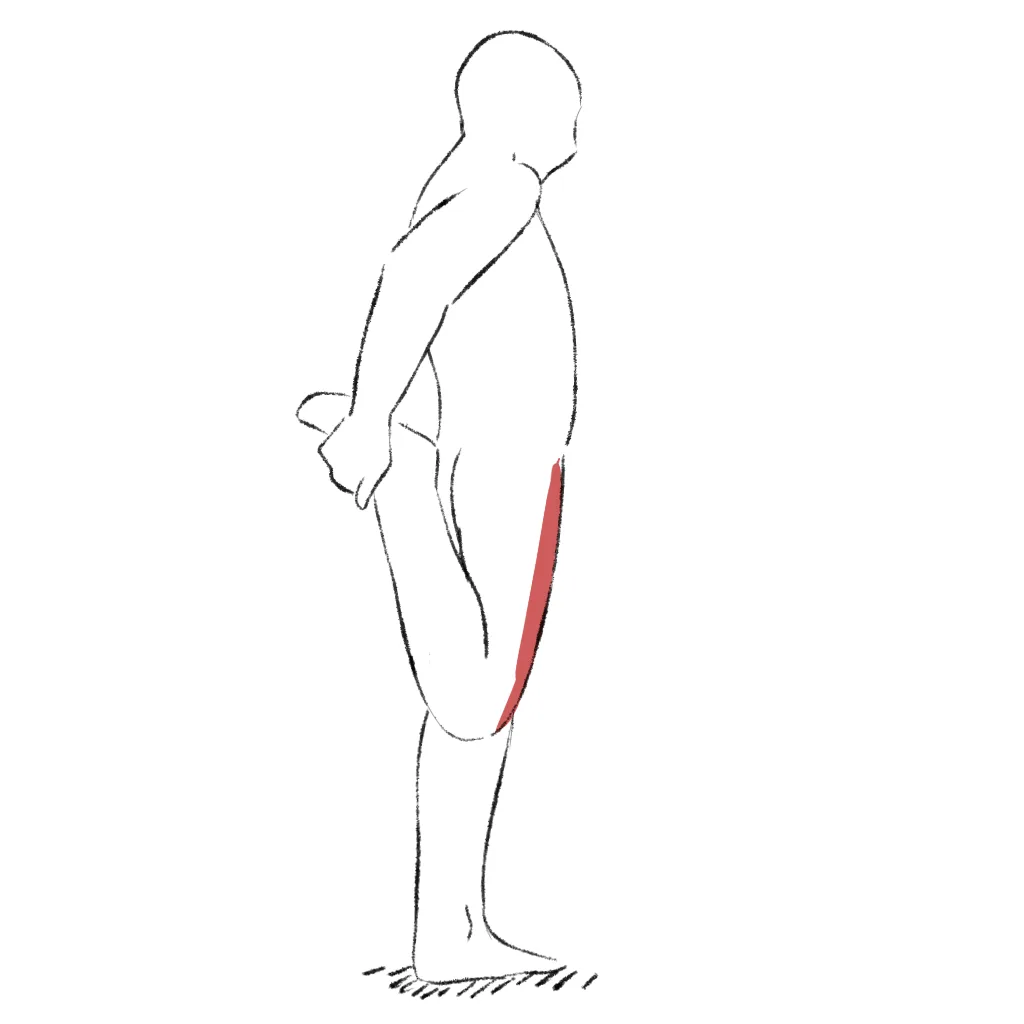
- Adductors: Squatting with both hands on the ground, stretch your leg sideways, heel on the ground and toe up. Hold the position for 30 seconds for each leg.
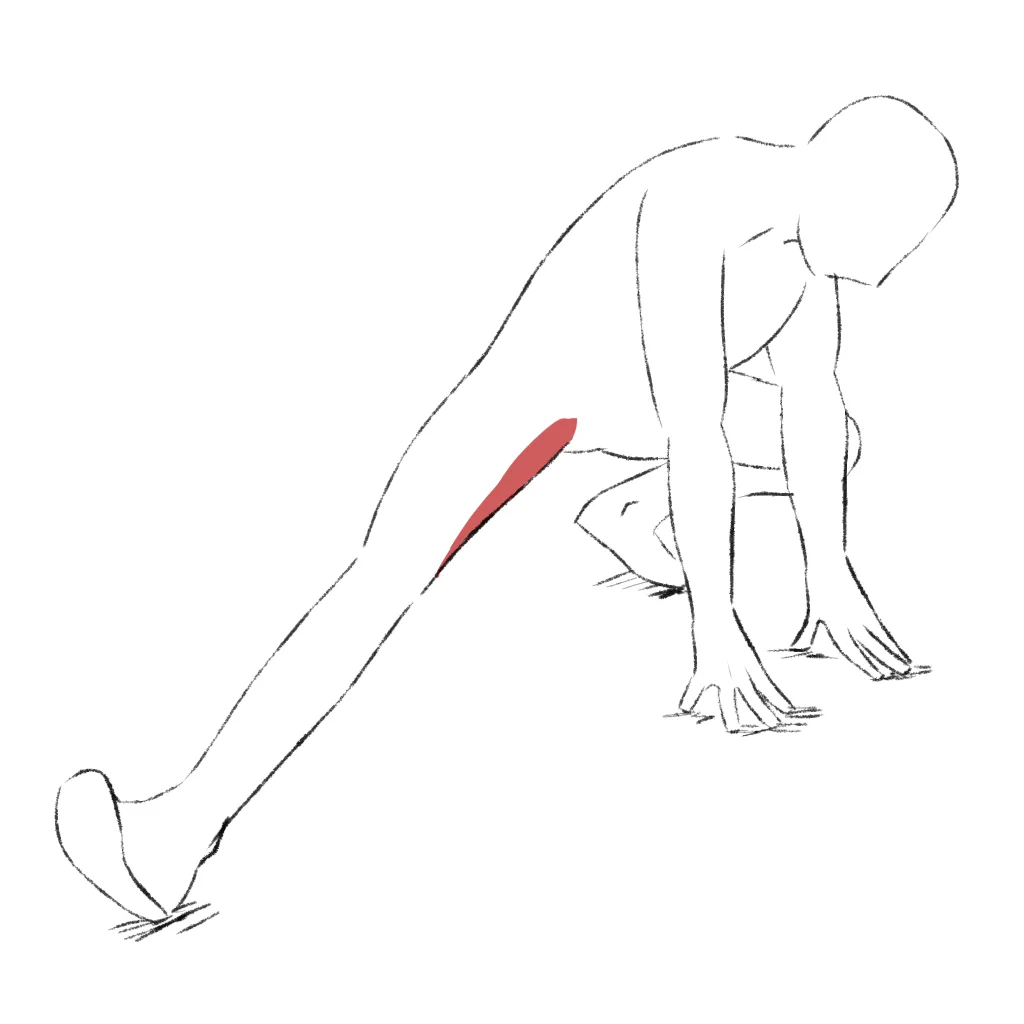
You can perform these exercises 1 to 2 weeks before your ski trip, 2 to 3 times per week. Stay gentle, and if pain appears, don't force it! The objective is to gently prepare your body to peacefully enjoy a week of skiing.
Feel free to download and print the following sheet to support you in your daily sessions!
Themes


